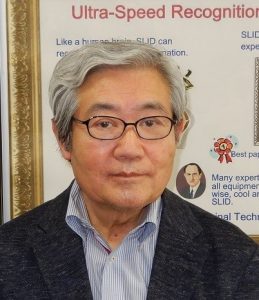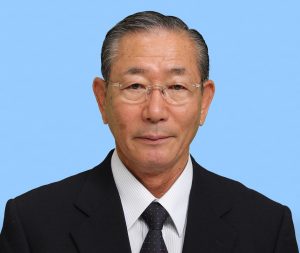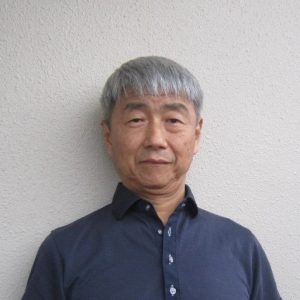When he was introduced to SOP technology by President Inoue in 2013, he was impressed by the unique architecture that could completely change the traditional concept of von Neumann-type computers based on CPU + memory, and realized that this technology had the potential to revive Japan’s electronics industry. He thought that this technology should be developed and commercialized by Fujitsu, the leader in the IT industry. With AOT’s President Inoue by his side, he introduced the SOP technology alongside later-invented DBP and XOP technologies to many Fujitsu technicians and executives and appealed for its commercialization by Fujitsu.
However, due to a major policy change at Fujitsu at that time from hard to soft, those technologies were not adopted.
In 2019, when AOT was chosen for NEDO’s “Project for Accelerating Innovative AI Chip Development,” he decided to deepen his relationship with AOT. Today, he mainly oversees marketing and system development.




